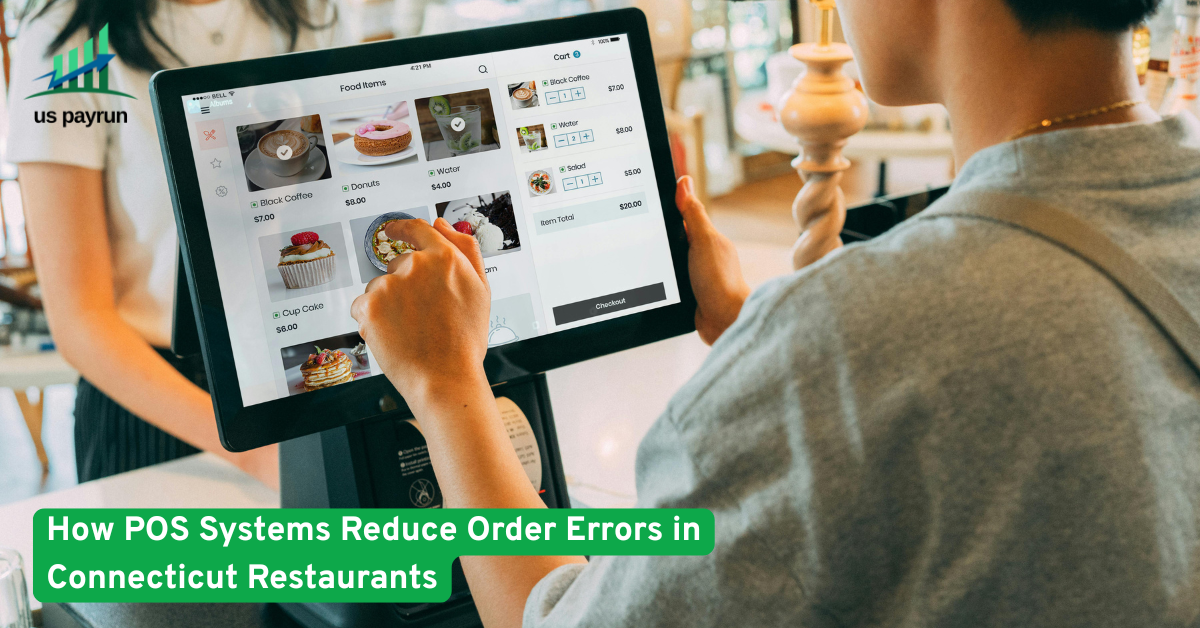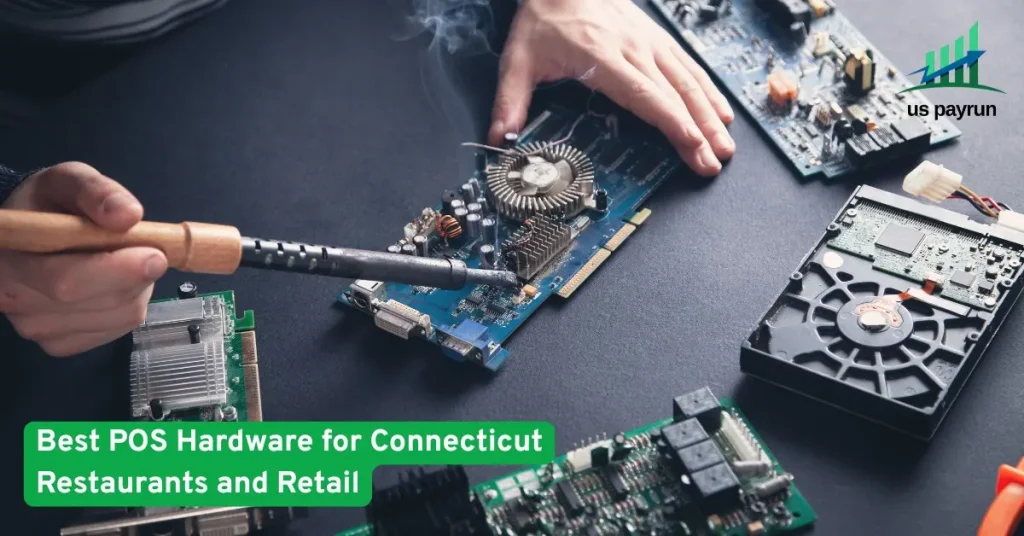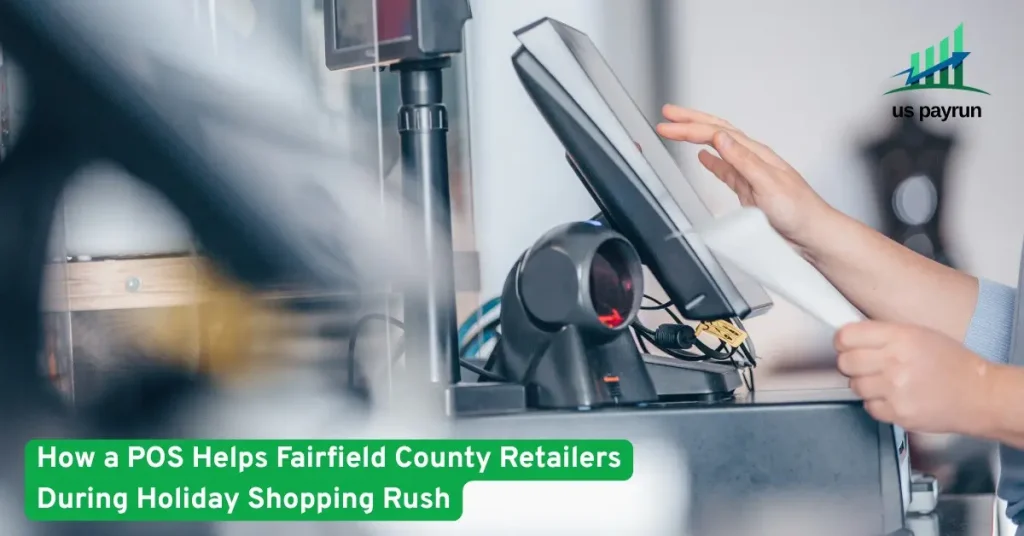
In the fast-paced world of Connecticut’s restaurant industry, order accuracy is everything. Even a small mistake can result in a dissatisfied customer, wasted food, and lost revenue. But what if there was a way to significantly reduce order errors and improve operational efficiency? Enter the modern POS system—an indispensable tool for Connecticut restaurants looking to streamline their operations and deliver exceptional customer experiences.
Research shows that 71% of restaurant operators who upgraded their POS systems reported a significant reduction in order errors. By incorporating advanced features and automation, POS systems are revolutionizing how restaurants manage their orders and ensuring that mistakes are kept to a minimum. This article will explore how POS systems reduce order errors in Connecticut restaurants and help restaurant owners stay ahead of the competition.
Why Order Accuracy is Crucial for Connecticut Restaurants
In a competitive market like Connecticut, maintaining high standards of customer service is essential. Order errors can negatively affect customer loyalty and damage your restaurant’s reputation. Whether it’s delivering the wrong dish, forgetting an ingredient, or miscommunicating modifications, errors can lead to wasted time, food, and resources.
This is where a modern POS system steps in. With the right POS solution, restaurant owners can ensure that orders are entered accurately, tracked in real-time, and communicated efficiently between the kitchen and front-of-house staff. By reducing human error, POS systems help restaurants maintain a smooth workflow, which is essential for keeping customers happy and minimizing operational costs.
How POS Systems Minimize Order Errors
1. Accurate Order Entry
One of the most common sources of order errors is the manual entry of orders by servers. Miscommunication, distractions, or simple human error can result in the wrong dish being prepared or modifications being missed. Modern POS systems feature touchscreen interfaces and intuitive designs that allow servers to quickly input customer orders without the risk of mistakes.
With features like pre-set modifiers (e.g., “no onions” or “extra cheese”), POS systems ensure that every order is entered accurately, reducing the chances of mistakes.
2. Real-Time Communication Between Front and Back of House
A major advantage of a modern POS system is its ability to instantly relay orders to the kitchen or bar. In traditional setups, waitstaff might have to write down orders or verbally communicate them to the kitchen. This opens up room for errors—whether in translating handwriting or misremembering details. POS systems eliminate this by sending orders directly to the kitchen or bar via a screen, ensuring that the kitchen staff can prepare dishes exactly as ordered.
3. Order Modifications and Special Requests
Customers often request changes to menu items—such as altering ingredients or adding customizations. Without a reliable POS system, these modifications can be easily overlooked, leading to dissatisfied customers. POS systems allow waitstaff to enter specific instructions clearly, and these customizations are automatically passed on to the kitchen, minimizing the chances of missing any special requests.
4. Preventing Duplicate Orders
Another issue that restaurants often face is duplicate orders being placed. This can happen when orders are manually entered multiple times or misinterpreted. POS systems automatically check for duplicate entries and alert staff, preventing the kitchen from preparing unnecessary additional meals.
5. Menu Updates and Accurate Pricing
POS systems are often linked to the restaurant’s menu, which allows for automatic updates to prices or items. With a modern system, when a new dish is added or a price changes, these updates automatically sync across all terminals, ensuring that staff always have access to the most up-to-date information. This reduces the chances of servers entering incorrect orders due to outdated menu options.
6. Tracking and Reporting
Modern POS systems offer real-time reporting, which provides managers with insight into order trends, common mistakes, and customer preferences. By tracking these metrics, restaurant owners can identify patterns in order errors, such as specific menu items or times of day, and take corrective action.
The Benefits of Reducing Order Errors for Connecticut Restaurants
Reducing order errors offers several key benefits for Connecticut restaurant owners, including:
- Improved Customer Satisfaction: Correct orders lead to happier customers, increasing the likelihood of return visits and positive reviews.
- Cost Savings: Minimizing errors means fewer wasted ingredients and reduced food costs, ultimately saving money.
- Efficiency and Speed: Less time spent correcting mistakes means a faster turnaround time for orders, leading to increased table turnover.
- Enhanced Staff Productivity: With fewer errors to fix, servers and kitchen staff can focus on their core tasks, improving overall productivity.
Frequently Asked Questions (FAQs)
- How can a POS system prevent order mistakes?
A POS system prevents mistakes by automating order entry, providing real-time communication between servers and the kitchen, and ensuring all modifications are accurately recorded. - What are the common causes of order errors in restaurants?
Order errors can occur due to miscommunication, manual data entry, distractions, or unclear instructions from customers. A modern POS system minimizes these factors. - How can I ensure my staff is properly trained on using a POS system?
Most POS system providers offer training and support to ensure your staff is familiar with the system. You can also conduct in-house training to make sure everyone is comfortable with the system. - Are POS systems expensive for small restaurants?
While there may be an upfront investment, the reduction in order errors, increased customer satisfaction, and efficiency gained from a POS system often outweigh the costs in the long term. - Can a POS system integrate with other restaurant tools?
Yes, modern POS systems often integrate with other tools, such as inventory management, accounting software, and loyalty programs, providing a seamless experience. - How can I track the success of my POS system?
By using the analytics and reporting tools provided by most POS systems, you can track order accuracy, identify trends, and make data-driven decisions to improve your restaurant’s performance. - Do POS systems work for all types of restaurants?
Yes, POS systems can be customized for various types of restaurants, including casual dining, fast food, and fine dining, to suit specific operational needs.
Ready to Eliminate Order Errors and Boost Efficiency?
In Connecticut’s competitive restaurant scene, order accuracy is crucial to success. By implementing a modern POS system, you can reduce errors, improve customer satisfaction, and optimize your restaurant’s workflow. US Payrun is here to guide you in choosing the right POS system for your needs.
Take Control of Your Restaurant’s Success Today!
Invest in the future of your restaurant with a reliable POS system that reduces order errors and enhances operational efficiency. Contact US Payrun to explore our POS solutions and find the best fit for your business.



